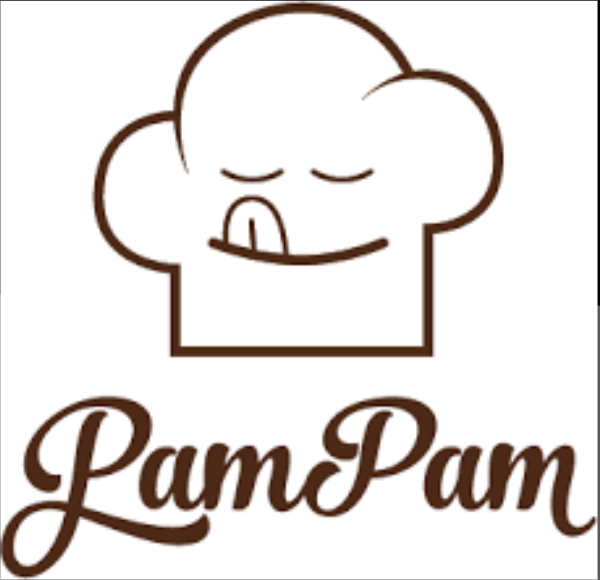Influencer marketing in Japan has swept the food and beverage industry. Consumers are increasingly turning to social media personalities for recommendations and information about new and trending F&B products.
The success of this online marketing strategy is thanks to the country’s high rate of digital penetration. 94% of the population use the internet, and the average time spent online daily is 4 hours and 26 minutes. Given the strong online ecosystem, it’s no surprise that Japan also boasts their own thriving influencer industry.
But as a relatively new form of advertising, coupled with the obstacles that inevitably face foreign brands trying to enter the Japanese market, the idea of pulling off an influencer marketing campaign can be a daunting one. So we enlisted one of our influencer marketing experts, Romain Cauliez, to share some of the insights he has gained thanks to his work on influencer marketing projects for food and beverage companies in Japan.
Finding the best channel for your product in Japan
According to We Are Social’s Digital 2022 report, 81.1% of the Japanese population were active on social media in February 2022, up 8.7% from last year.
Four social media platforms dominate in Japan. The messaging app LINE is the top social media platform in Japan. 79.6% of internet users aged 16 to 64 are using it. Twitter is the next biggest (58.2%), followed by Instagram (47.7%), and then Facebook (30.8%).
So what is the best approach to take with each channel? And which demographics can each one target effectively?
Youtube is as a catch-all for the general Japanese population. More than 50% of the population watch it, ranging from viewers in their teens to those in their 50s. Twitter tends to reach teenagers to thirty-nine-year-olds, while Instagram skews a bit younger, and reaches women up to their thirties, and men up to their twenties. Of course, TikTok is mostly used by teenagers and is considered an effective way to reach the younger generation.
Finding the right influencer for your F&B product
Who to partner with for your influencer marketing campaign in Japan is a tough question.
Japanese influencers cover a huge range of areas, meaning brands can easily find an online celebrity that fits their niche. Influencers in the Japanese marketing industry are known by the borrowed English term ‘influencer’, or by the acronym KOL, short for ‘Key Opinion Leader’. In terms of the F&B industry, this includes competitive eaters, cooking channels, and food reviewers. Personalities that can be positioned as an industry expert are also smart choices. An example of this could be a famous bartender taking part in a PR campaign for beverages, such as Nami, a ‘cocktail performer’ who has worked with numerous F&B brands such as Suntory.
It’s important to take careful consideration before selecting the perfect influencer to partner with, but there are a few pointers that Roamin suggests. As with any campaign, it’s important to know what interests your target customer. The influencer should be someone well-known, or who excels in the areas that you identify. Another hint is to check out your competition. Who do they follow? Who have they worked with before? This can give some insight into the influencers who would be interested in the products you want to sell.
The right influencer isn’t always in the F&B space
But of course, F&B companies don’t necessarily have to stick to food-related channels when doing influencer marketing in Japan. Bombay Sapphire proved this when they worked with Kazane, a Japanese freestyle footballer with over 76 thousand followers on Instagram - a platform with a potential ad reach of over 46 million. Rather than focus on the beverage itself, Bombay Sapphire aligned their brand with a general message of creativity and freedom to match the influencer’s online content. It’s important to invest time in finding a link between the influencer and your product’s brand image.
‘Of course, it should feel natural. It shouldn’t feel like an advertisement. So you should find an angle that allows the influencer to promote the product without compromising the essence of the channel. It can be something very different, but it has to be related in some way. If the viewer finds it weird, it’s the wrong approach.’
- Romain Cauliez
A survey published in October 2022 confirms that Japanese influencers feel the same way. Over 80% of influencer respondents said that they want to work with a brand or product they like, in order to only pick sponsorships and product placements that match their existing content.
Building a successful influencer marketing campaign for F&B in Japan
Influencer marketing can be used to drive sales, as well as promote brand awareness, or bring attention to a particular campaign. Because of these myriad aims, it can be difficult to envision what a successful influencer campaign in Japan may look like for your food or beverage product. However, the most successful campaigns in this industry often don’t even register as an advertisement.
To give an example from the F&B industry, the jingle from an Avocados from Mexico commercial took on a life of its own thanks to a TikTok trend recently. Users, including influencers, took the song and played around with it in their videos. The brand itself came forward to confirm that it wasn’t a campaign, and had occurred spontaneously on the platform. But they took full advantage of this organic occurrence, and made it an official partnership with TikTok influencers to create a viral ‘challenge’. This challenge also spread to Japan, with a Japanese language hashtag for the challenge. The campaign boasted a wide global reach, plenty of original content posted by users, and reams of engagement.
Is influencer marketing right for your product?
As good as all this sounds, you may be wondering if influencer marketing will work for your specific product. And if so, when is the right time to consider a campaign?
There really is no predetermined ‘best time’ for influencer marketing, as it’s all about creating the best strategy for you and your product. However, it can be effective to run a campaign during the launch of a new product. This will raise interest, especially if the target demographic is the younger generation, as they respond well to novelty.
There’s also no strict definition of a ‘best product’ that suits influencer marketing in Japan more than another.
‘There’s no F&B product that should be avoided or pushed more than another. I’ve seen influencers talking about many different products. As long as it fits the content, and is made interesting and fun for the audience, then that’s good enough. I believe the most important thing is to have that connection between the product and the influencer.’
- Romain Cauliez
Making the leap into influencer marketing
Influencer marketing is an effective strategy for F&B products in Japan, with plenty of previous success stories. But too often, brands choose the wrong influencer or the wrong strategy for their campaign. The result is very little influence for your brand at all.
GourmetPro’s exclusive network of top food and beverage consultants have been behind the scenes supporting influencer marketing campaigns that always hit their mark. Whatever your category, we have an expert who can connect you with the right influencer and build a strong campaign.
Schedule a chat with us today and let’s brainstorm how to grow your brand in Japan.


%206.png)
.svg)






.svg)



.svg)
.svg)
.svg)
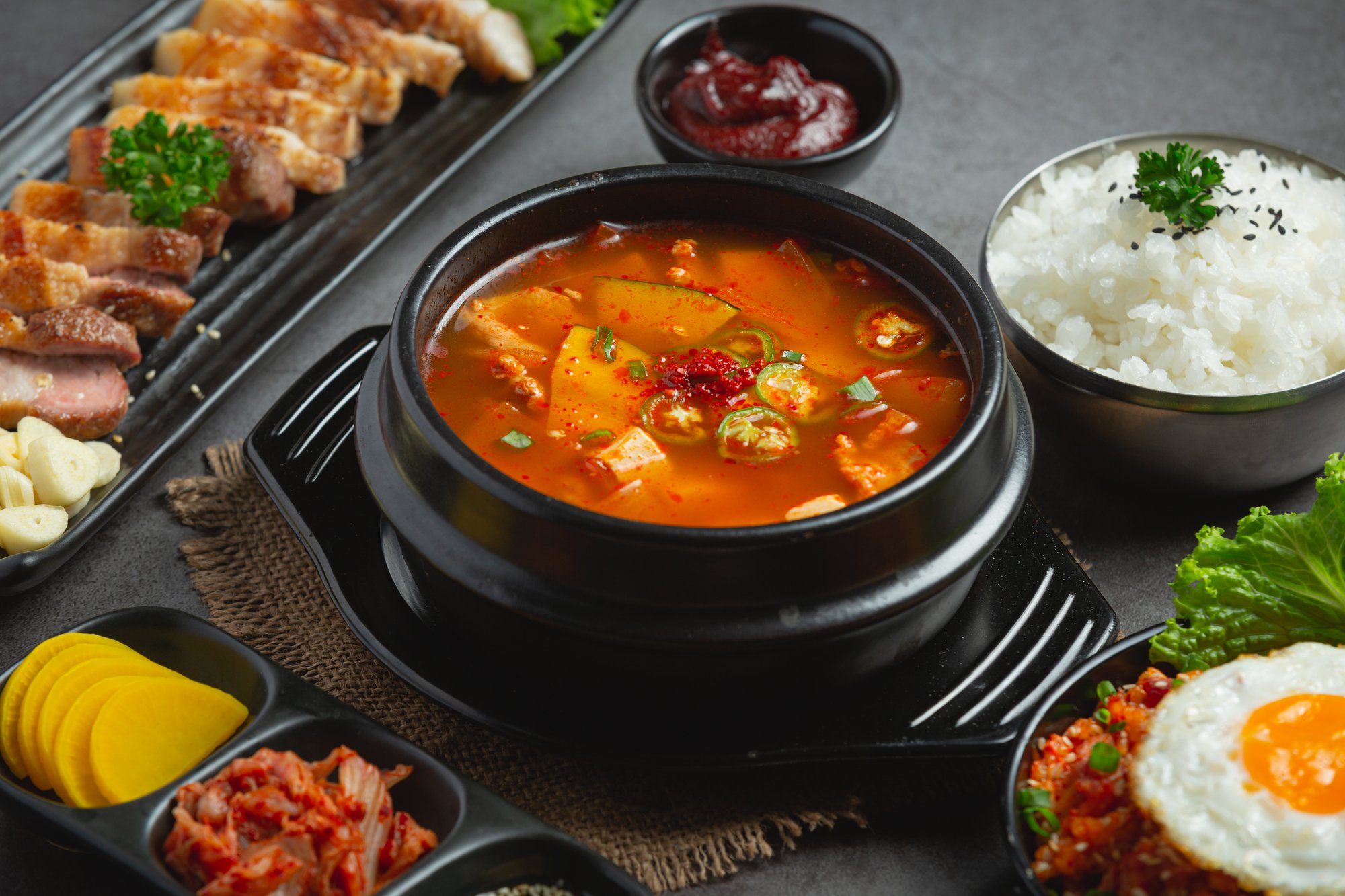
.svg)




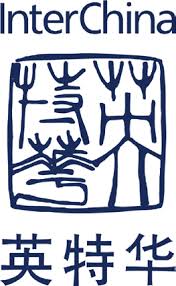


















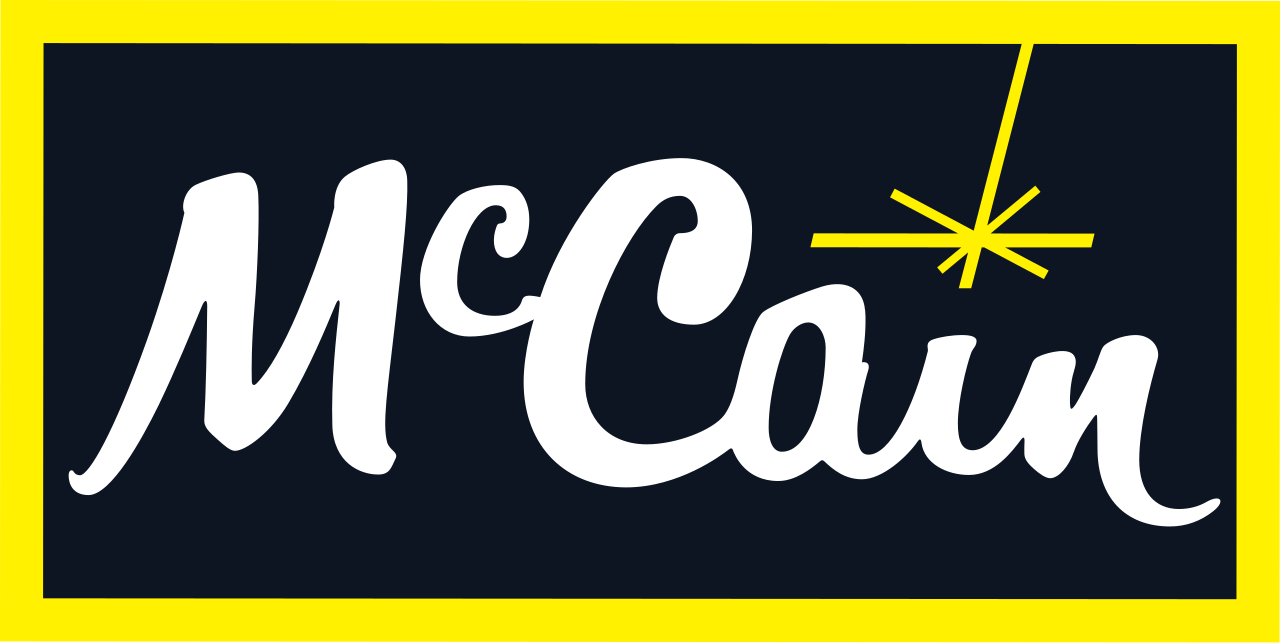



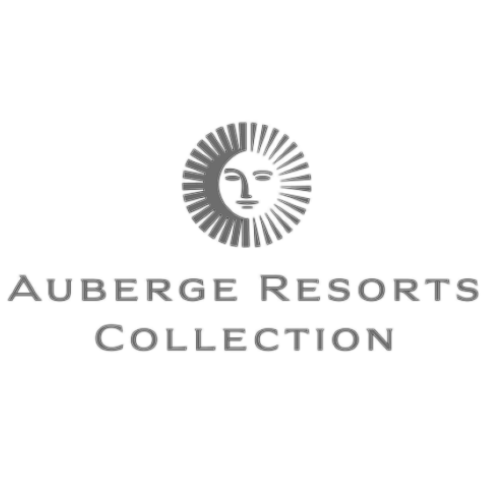












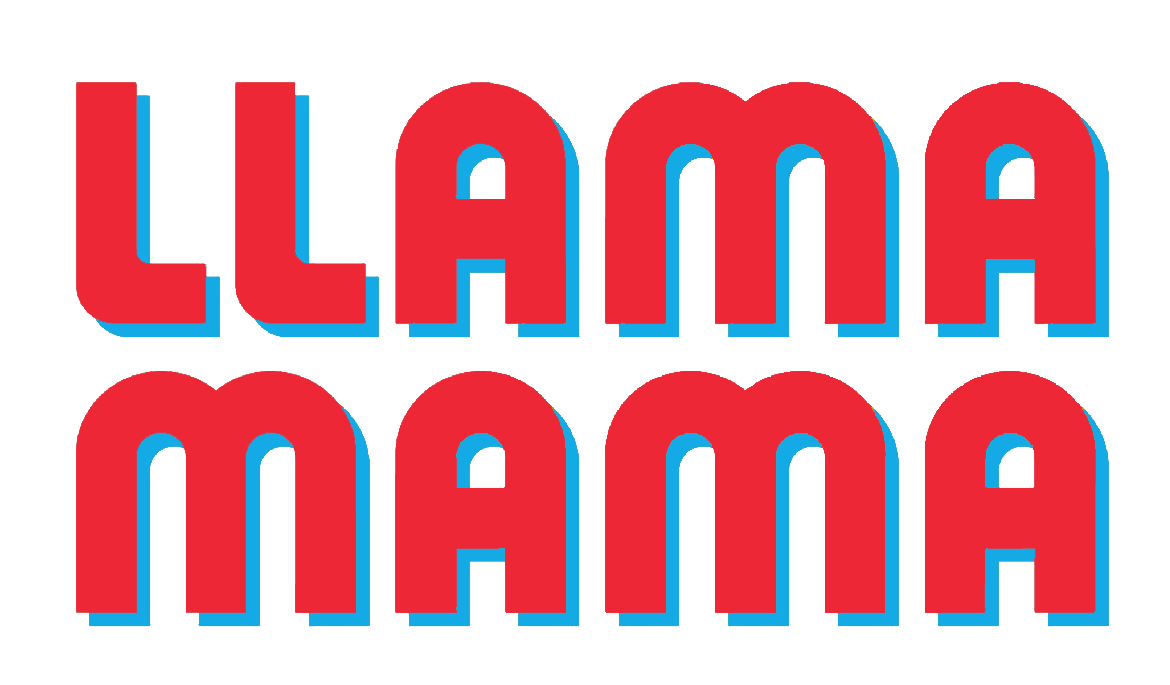







.png)













